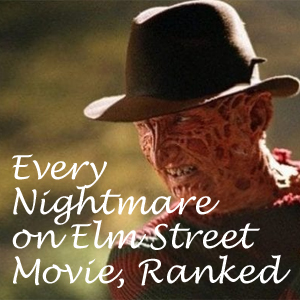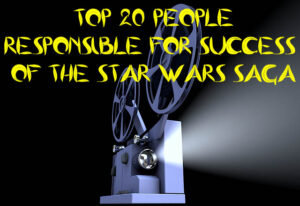It’s time to take the gloves off. From writer-director Wes Craven’s original classic to the unnecessary remake, here are RFMC’s rankings of all nine films starring the court jester of the slasher genre: Freddy Krueger. Rankings are from worst to best. (Click on the title of each film for my full-length review.)
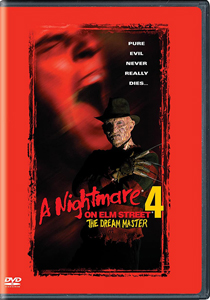
9. “A Nightmare on Elm Street 4: The Dream Master” (1988)
Renny Harlin would go on to direct good films (“Die Hard 2,” “The Long Kiss Goodnight”), but he’s still learning here. The film top-bills Robert Englund’s Freddy, which is smart inasmuch as the two Final Girls – Tuesday Knight and Lisa Wilcox – are boring. Unfortunately, Freddy’s one-liners are not funny enough to build a movie around. Part four accidentally makes a case that less is more when it comes to slasher villains.
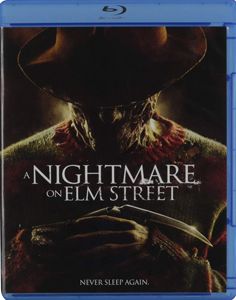
8. “A Nightmare on Elm Street” (2010)
21st century remakes of slasher classics were fun for a while, but director Samuel Bayer’s “Elm Street” remake deserves to be forgotten like a bad dream. It mashes the convoluted Freddy origin story – played out over many films the first time around – into one movie, aiming for a mystery vibe. But Jackie Earl Haley’s non-campy take on the character is neither sympathetic nor terrifying. Like the overall movie, he’s just kinda bland. You’ll recognize a lot of the young cast, fronted by Rooney Mara, then wish they all had better material to work with.
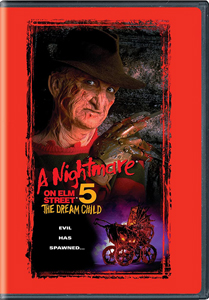
7. “A Nightmare on Elm Street 5: The Dream Child” (1989)
Director Stephen Hopkins’ entry is a conscious improvement over part four, as it actually has a point, exploring rape, abortion and pregnancy anxiety. Wilcox is better this time around, and there’s generally a more pleasant vibe as her friends and family are real people rather than merely Freddy fodder. But this is still a flat amateur effort where the viewer is always a step ahead of the narrative.
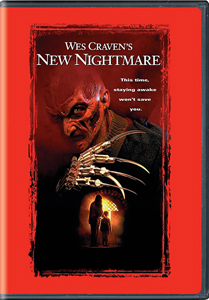
6. “New Nightmare” (1994)
Writer-director Craven deserves credit for trying 2 hours of pure meta-horror, where the original film’s star Heather Langenkamp plays “herself” in “the real world.” He also warrants criticism for being overly indulgent and making blunt statements (for instance: horror films don’t cause real horrors) rather than being subtle. The director would do the meta riff much better in “Scream” two years later, working from Kevin Williamson’s polished screenplay. But horror historians might enjoy this failed proto-“Scream.”
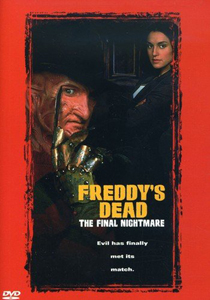
5. “Freddy’s Dead: The Final Nightmare” (1991)
Director Rachel Talalay’s film briefly enlivens the franchise after two weak entries with a part six that was more fun in 1991 than it is now. Still, viewed as a time capsule of the excitement of a new tech-savvy decade, it’s neat to see things like a Nintendo Power Glove spoof and a final act that asks viewers to don their 3D glasses. Plus, we get the series’ best mystery (Which character is Freddy’s kid?) and Freddy’s backstory, so this is a core entry in terms of the mythology.
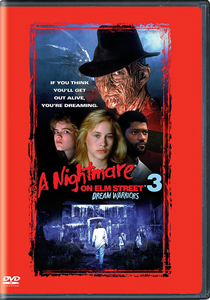
4. “A Nightmare on Elm Street 3: Dream Warriors” (1987)
In the Eighties, kids couldn’t count on their comic-book favorites like the X-Men jumping to the big screen, so this superpowered team of troubled teens was the next-best thing. Despite Craven returning as a co-writer and Langenkamp back in the cast (not at all believable as a counselor to troubled youths), director Chuck Russell’s part three isn’t as good as its reputation as the elite sequel. Still, this marks three straight “Nightmares” that have original ideas; that’s longer than most franchises go before the “blatant cash-grab” stage.
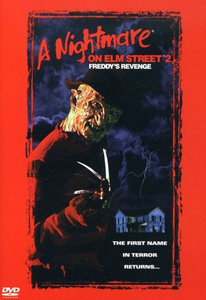
3. “A Nightmare on Elm Street 2: Freddy’s Revenge” (1985)
For a movie cranked out for release one year after the original, part two is quite respectable. It gains a layer of intrigue if Freddy’s possession of Final Guy Jesse is viewed as a coded subtext for repressed homosexuality. Actor Mark Patton is gay, and that comes through in his performance, even though he didn’t intend it. Furthermore, director Jack Sholder uses a gay gaze rather than the traditional straight-male gaze in sexualizing the boys more so than the girls. All of this is not to say part two is a masterwork. But there’s no other ’80s slasher quite like it.
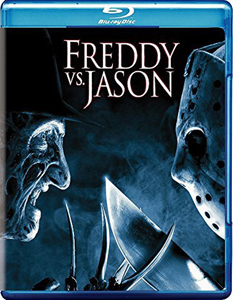
2. “Freddy vs. Jason” (2003)
This long-anticipated crossover with “Friday the 13th” (acquired by New Line a decade earlier, largely for this purpose) is better than the other sequels largely because writers Damian Shannon and Mark Swift want it to be. They give serious thought to the rules of Freddy’s powers and how people might react to this supernatural threat. Director Ronny Yu then provides the requisite fan service as the icons clash on each of their home turfs. As a fan of Monica Keena from “Dawson’s Creek,” I love that she’s the Final Girl who takes on both of the baddies.
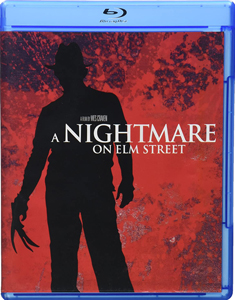
1. “A Nightmare on Elm Street” (1984)
Respected in cult-horror circles since the 1970s, Craven goes mainstream by launching dream demon Freddy Krueger, who immediately takes his place on Mount Slashmore alongside Michael Myers, Jason Voorhees and Leatherface. The special effects (a girl is pushed onto the ceiling, Johnny Depp is pulled into Hell through his bed) and settings (a dreamscape sub-basement in a suburban house) are classics. Yet this remains the standout entry because it stays personal. The friend group is genuine, and Langenkamp’s emotive Nancy stands out as the best Final Girl of the slasher genre to this point. Whether or not we’re scared of Freddy, she certainly is.
Click here to visit our Horror Zone.
Main image: New Line Cinema

